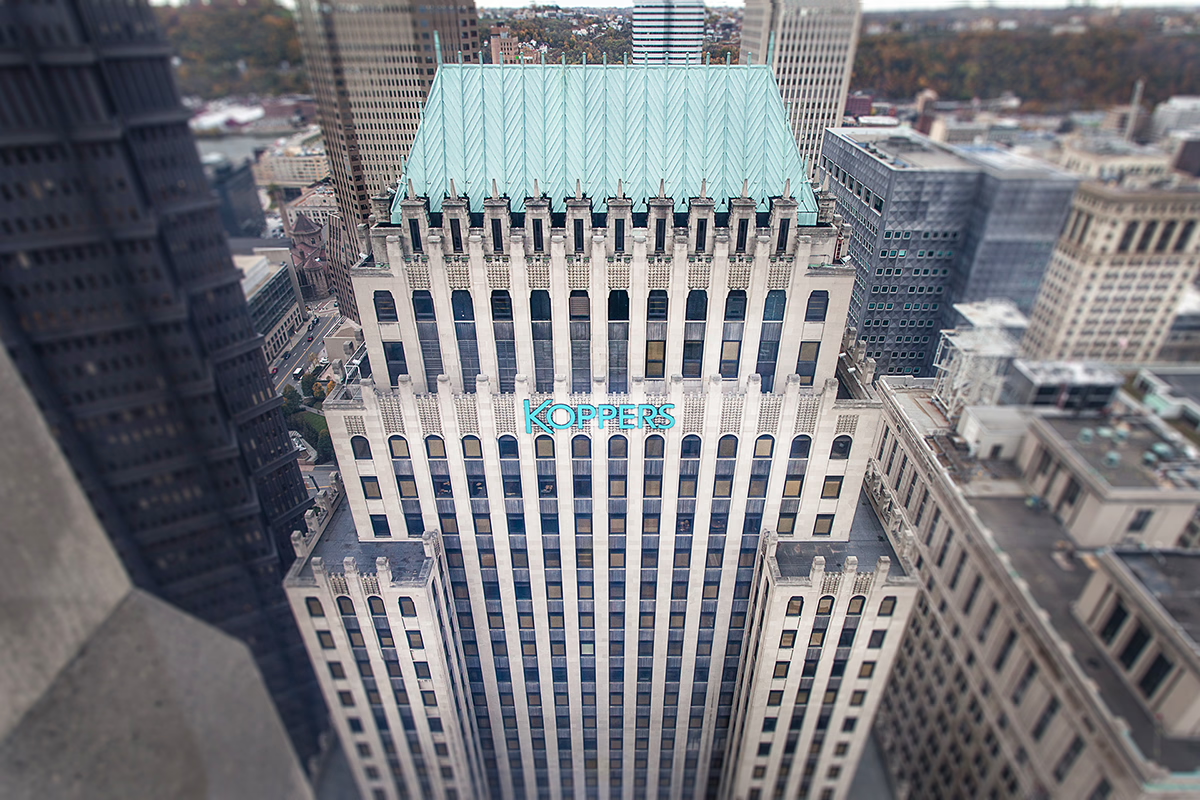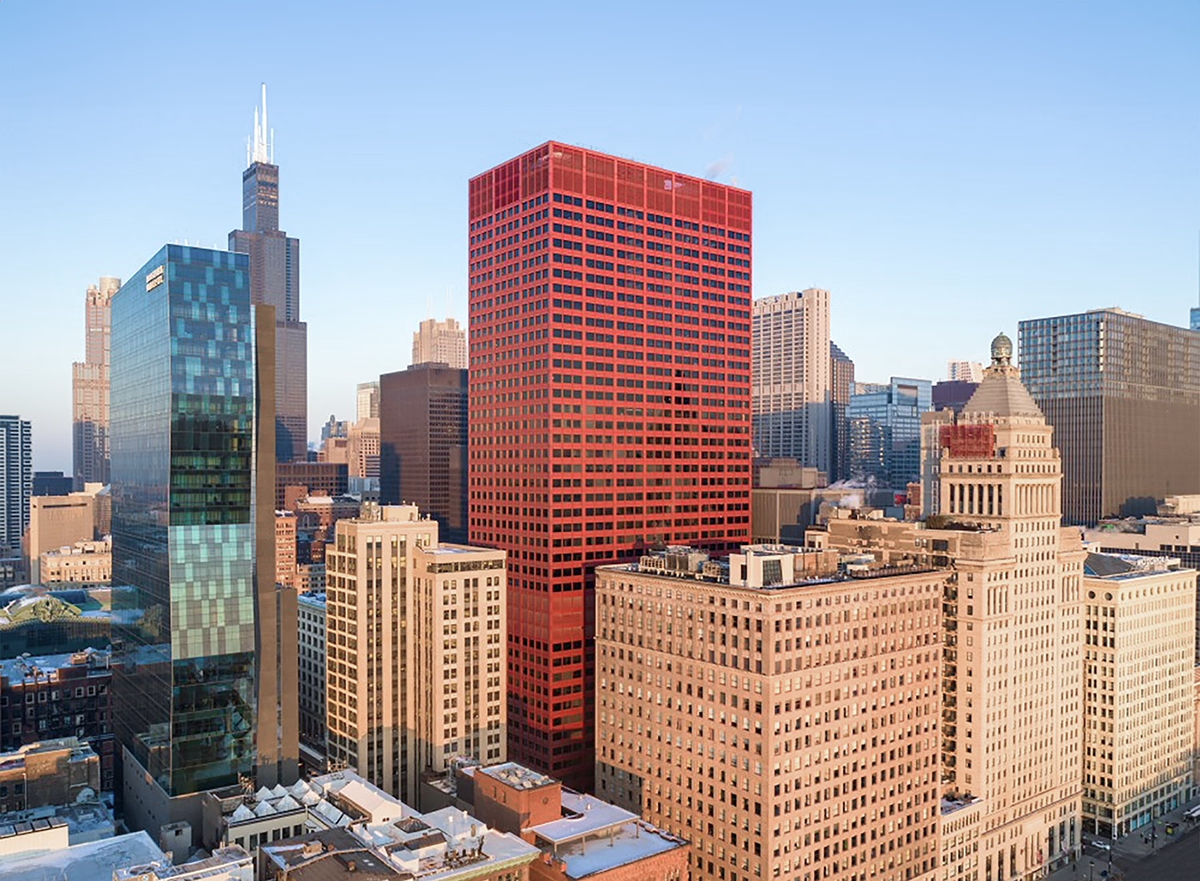Koppers Tower vs CNA Center


Comparing the Koppers Tower and the CNA Center is compelling because they were both designed by Graham, Anderson, Probst & White, yet they stand in different cities (Pittsburgh, PA and Chicago, IL), and were completed over two decades apart.
What this will allow us to see, is how the same firm's approach adapted to different places in different periods of time.
Height & Size
The CNA Center is clearly the larger tower of the two, both in terms of height and number of floors. It rises to 600ft (183m) with 44 floors above ground, while the Koppers Tower reaches 476ft (145m) with 34 floors above ground.
Of course, each project may have faced different briefs or regulatory constraints, which we don't really know about and could also explain the outcome.
Architectural Style
The Koppers Tower was designed in the Art Deco style, while the CNA Center reflects the principles of International Style.
The CNA Center represents a late expression of the International Style, a style already in decline in 1972 when it was completed. By contrast, the Koppers Tower followed the then mainstream Art Deco, embodying the dominant architectural direction of its time.
With 43 years between them, the comparison also reflects how quickly architectural priorities can shift from one dominant language to another.
Uses
Both the Koppers Tower and the CNA Center were designed to serve as commercial towers, and that has remained their main use since their completion, serving similar roles in the urban fabric.
Structure & Facade
Both towers share the same structural solution, a Frame system.
A frame structure uses a grid of columns and beams to carry the building's loads. This frees the walls from structural duties, allowing for flexible floor plans and larger windows.
However, when it comes to the facade, both buildings use different approaches. The Koppers Tower uses a Masonry facade, while the CNA Center uses a Curtain Wall facade.
A Masonry facade like the one seen in the Koppers Tower features a heavy masonry skin that gives it a more clasical look, while a curtain-wall facade like the one seen in the CNA Center uses a lightweight glass curtain wall hung from the structure.
| Koppers Tower | CNA Center | |
|---|---|---|
| Graham, Anderson, Probst & White | Architect | Graham, Anderson, Probst & White |
| 1927 | Construction Started | 1970 |
| 1929 | Year Completed | 1972 |
| Art Deco | Architectural Style | International Style |
| Commercial | Current Use | Commercial |
| 34 | Floors Above Ground | 44 |
| 145 m | Height (m) | 183 m |
| 26,985 m² | Usable Area (m²) | 112,134 m² |
| 13 | Number of Elevators | 28 |
| Frame | Structure Type | Frame |
| Steel | Vertical Structure Material | Steel |
| No | Facade Structural? | No |
| PA | State | IL |
| Pittsburgh | City | Chicago |
| 436 Seventh Avenue | Address | 333 South Wabash |